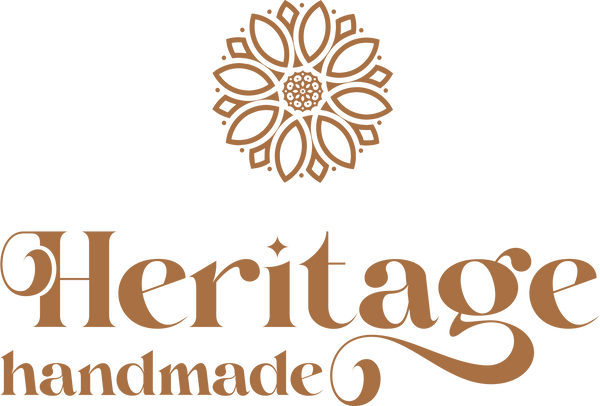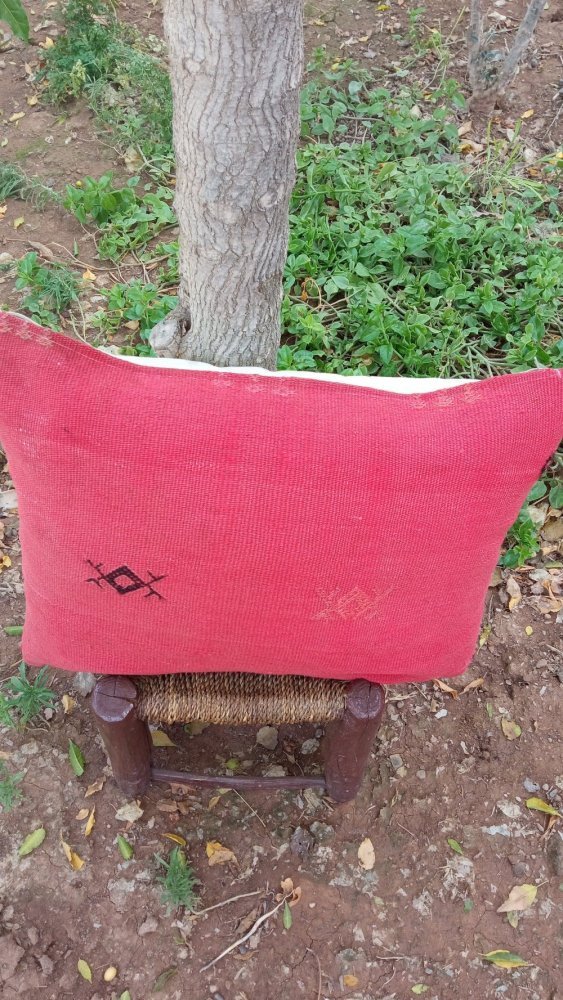
I'm a Craft Expert – 11 Things you MUST know before buying Moroccan Arts and Crafts
Introduction
Moroccan craftwork reflects centuries of tradition, history, and cultural fusion. The intricate designs found in Moroccan arts draw from Islamic traditions, which emphasize geometric patterns and calligraphy. These motifs often incorporate religious words, reflecting the Islamic heritage of the region. The influence of the Arab Muslim rulers, who migrated from Spain during the Reconquista, is evident in Morocco’s artistic evolution. These influences enriched the local craftwork, creating a unique blend of Moorish and Moroccan styles.

Morocco’s cultural richness is also reflected in its linguistic diversity. The official languages are Arabic and Amazigh (Berber), both of which play a significant role in shaping Moroccan identity. French is widely spoken, especially in business and education, while Spanish and English are also common in some regions. This linguistic mosaic enriches communication and adds another layer to Morocco’s unique charm.
Today, Moroccan craftsmanship is celebrated worldwide and serves as a major draw for tourism, with bustling souks and vibrant public art offering a sensory journey into the country’s rich heritage.
Section 1: In the Souk
Morocco's souks, particularly in Marrakech, are a treasure trove of vibrant craftwork. Narrow, winding alleys overflow with handmade goods, from textiles to ceramics. The air buzzes with bargaining and the scent of spices. Navigating the souk can be overwhelming yet exhilarating for visitors.
Tips for buying in Marrakech souks:
- Bargain smartly: Start with half the price offered and negotiate upwards.
- Check quality: Examine items closely, especially carpets, ceramics, and leather goods.
- Be polite: Always smile and engage respectfully with sellers.
Exploring a souk is an adventure—a chance to immerse yourself in Morocco’s culture.
Section 2: Weaving and Textiles
Carpets and Rugs

Carpet weaving in Morocco is a centuries-old tradition, often considered a male-dominated craft. These woolen masterpieces vary widely in design and color depending on the region. For instance:
- Rabat carpets are more refined and elegant.
- Berber rugs from rural areas outside Rabat showcase bold, geometric patterns.
- Chichaoua carpets, found along the road from Marrakech to Essaouira, are renowned for their vibrant colors.
High-quality carpets become cherished antiques if well-made. Modern chemical dyes have largely replaced natural vegetable dyes, making older carpets, especially those over 40 years old, highly valuable for their colorfast properties.
Kilims

Unlike thick carpets, kilims are flat-woven and serve as wall hangings or bedspreads. Their patterns are more delicate, with a lighter, smoother texture. This distinction makes kilims versatile decorative pieces.
Buying Carpets

When purchasing a carpet, consider the following:
- Ask about dye types: Older, vegetable-dyed carpets retain their value better.
- Look for handwoven quality: Uneven edges or subtle imperfections often indicate authenticity.
Other Wool Products
Regions like Chefchaouen and Ouezzane are famous for their wool products. Thick sweaters, jackets, and the iconic burnouses—hooded cloaks worn by Berbers—are practical for cold mountain climates.
Textiles

Moroccan textiles also include the djellaba, a full-length cotton garment ideal for hot weather. Fes is a hub for luxurious silk and brocade textiles, making it a must-visit for anyone seeking top-tier craftsmanship.
Section 3: Leatherwork

Morocco is synonymous with leather, or maroquinerie. The tanneries of Fes and Marrakech are legendary, where age-old techniques transform raw hides into supple leather. Popular leather products include:
- Babouches: Traditional slippers, with men’s styles in muted tones and women’s in vibrant hues.
- Jackets, bags, and belts: High-quality, durable, and stylish.
- Poufs: Decorative yet functional seating options.
Moroccan leather stands out for its softness and natural finish, a testament to the skill of local artisans.
Section 4: Pottery and Ceramics

Moroccan ceramics blend artistry and functionality. The pottery of Safi, inspired by Malaga’s Moorish designs, features intricate patterns and vibrant colors. Fes ceramics stand out for their blues, yellows, greens, and browns on white backgrounds. Common ceramic items include:
- Tagines: Both decorative and practical for cooking.
- Water vessels: Some feature a black substance (katran) believed to purify water.
Quality can be discerned by the subtlety of colors and finish—gaudy, overly bright pieces are often mass-produced for tourists.
Section 5: Brass and Copperware

Brass and copperware are among Morocco’s most reliable crafts in terms of quality. Popular items include:
- Plates and trays
- Candlesticks
- Lamps
Marrakech, Fes, and Tetouan are hubs for these products, while Taroudant excels in copper items with historical designs. Brass mirror frames are also highly sought after.
Section 6: Jewelry

Jewelry-making in Morocco has deep roots. Historically, Jewish artisans dominated this craft, though Muslim artisans have also contributed for centuries. Moroccan jewelry comes in gold and silver, often adorned with intricate patterns and Berber symbols that carry cultural significance. Traditional Berber jewelry, in particular, is characterized by its bold designs, intricate filigree, and the use of vibrant enamel and semi-precious stones.
For genuine pieces:
- Check for hallmarks: Look for stamps indicating the purity of gold or silver.
- Explore tribal pieces: Berber jewelry is often heavier and more symbolic, incorporating amber, coral, and turquoise.
- Seek craftsmanship: Handcrafted pieces usually have more intricate detailing and are more valuable than machine-made ones.
Gold jewelry often signifies wealth and status, while silver is preferred for its aesthetic versatility. Collectors and visitors alike prize Morocco’s unique combination of artistry and cultural heritage in jewelry-making.
Section 7: Other Metalwork

Beyond jewelry, Morocco boasts a vibrant tradition of metalwork. Tiznit is especially renowned for its silver craftsmanship. Here, artisans produce stunning items such as:
- Ornate silver teapots: Essential for Morocco’s famous tea ceremonies.
- Decorative trays and bowls: Often featuring elaborate patterns.
- Amulets and talismans: Worn for protection or spiritual significance.
In Taroudant, skilled craftsmen create a variety of metal goods, blending functional design with artistic flair. These include intricately engraved plates, traditional oil lamps, and ceremonial daggers. Many of these items reflect Morocco’s rich history, incorporating motifs and techniques passed down through generations.
The durability and beauty of Moroccan metalwork make it an enduring symbol of the country's artistic heritage. Visitors seeking unique, high-quality pieces will find them in the workshops and markets of these historic towns.
Section 8: Woodwork

Moroccan woodworking is an art form. Cities like Tetouan, Fes, Sale, Meknes, and Marrakech produce exquisite items, from painted panels to intricately carved screens (mashrabiyya), once used for privacy. Perfumed cedarwood is common in bowls, candlesticks, chests, and jewelry boxes. Essaouira’s woodworking tradition, with its tri-articulate designs, is particularly notable.
Section 9: Stone and Precious Stones

Stone craftsmanship includes lamps, boxes, and paperweights. Taroudant artisans excel in creating these decorative yet functional items. Stones are often selected for their beauty and durability.
Section 10: Musical Instruments

Traditional Moroccan musical instruments are crafted with care and precision. Examples include:
- Oud: A stringed instrument.
- Bendir: A type of drum.
These instruments are as much works of art as they are tools of music.
Another fascinating instrument is the ghaita, a type of oboe, which produces a haunting, melodic sound often heard in traditional ceremonies. The qanun, a string instrument similar to a zither, is another staple of Moroccan music, known for its rich and expressive tones. Handcrafted from fine woods and often inlaid with mother-of-pearl, these instruments reflect the artistry and dedication of Moroccan craftsmen.
Section 11: Basketware
Moroccan basketware is diverse, from the Rif-style straw hats of the north to Berber baskets with cone-shaped covers. These practical yet decorative items highlight the resourcefulness of Moroccan artisans.
Conclusion
Morocco’s arts and crafts are vibrant tapestry of history, culture, and skill. Whether you’re exploring the souks of Marrakech or admiring a handwoven carpet, each piece tells a story. Which Moroccan craft would you like to explore further? Share your thoughts in the comments below!
Resources:
*Book: Morocco, a lonely Planet travel survival kit (Damien Simonis, Geoff Crowther)
*Website: morocco-9-destination.indd
RELATED TOPICS YOU MUST READ:
Common Mistakes When Buying Vintage Kaftans – Heritage Handmade
Top 5 Must-Have Moroccan Clothing for Men: Style, Tradition, and Elega – Heritage Handmade
The Secret to Authentic Moroccan Tea: Have You Tried Making It? Here’s – Heritage Handmade







